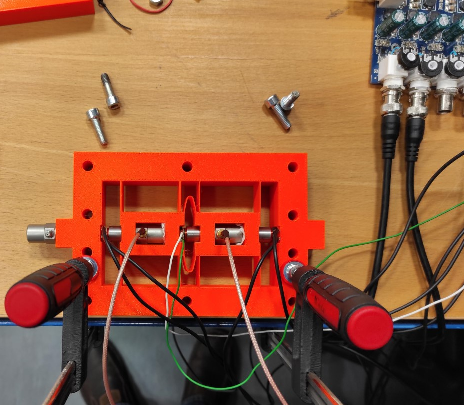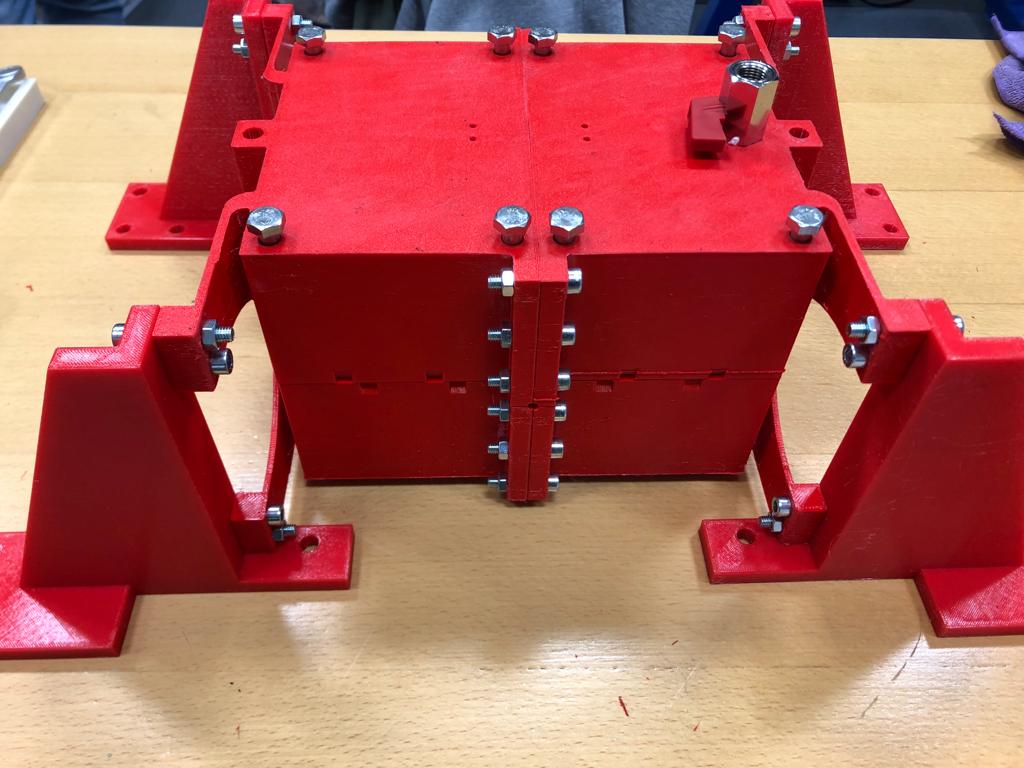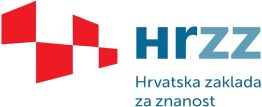
In the last 20 years vibroacoustic quality of technical products is becoming extremely important in competative economies of EU, as well as for wellbeing of its citizens. For example, noise pollution in traffic is the second cause of rising death in European Union. Cherishing the relevant engineering disciplines and targeted education of new experts in the field is therefore important for Croatian economic development and community itself. DARS project covers two non-trivial research disciplines in the field of noise and vibrations, both from scientific and technological standpoint. First discipline is automatic regulation of noise and vibrations, with emphasis on developing new active metamaterials that can suppress noise transmission on a selective manner. Nowadays, main topic in the field is how to cancel the reciprocity principle, a common phenomenon that often characterizes linear acoustic media, as well as linear-elastic bodies. DARS project will work on developing and research on active cells of metamaterials, with hope of demonstrating the cancellation of the reciprocity effect of noise transmission through metamaterial barriers. Second subject deals with vibrations of rotating, deformable structures like propeller shafts or car tires. Such structures require better understanding and description of physical mechanisms that lead to rotating forms of vibrations and bifurcations of natural frequencies. Throughout the implementation of project DARS, the goal is to develop and research physically rigorous models for analysis of vibrating behaviour of such structures. Two research subjects are foundations for two doctoral dissertations, so that two young researchers will mold through sustaining new knowledge with help of cutting-edge research methods and equipment. Young researchers will integrate in active and productive group of experienced experts in the field of noise and vibrations, sustaining new skills and increasing their employability. Also, implementation of DARS project will motivate required funding for vibroacoustic laboratory equipment.
DARS is a research project (IP) funded by Croatian Science Foundation (HRZZ)


The impact of noise on environment and human health is causing increasing public concern, and therefore concern of political creators in European Union. In 2011. experts from workgroups established by WHO (World Health Organization) regional office for Europe presented a report that uses available data and summarizes collected evidence to establish cause-effect relations between noise and specific repercussions on health. The report was used to provide a reliable support to policy makers and their advisors in bringing assessments on health risks caused by environmental noise. These effects include cardiovascular diseases, intellectual disabilities, sleep disorders, tinnitus, and skin irritations. Even using conservative assumptions in calculations, report suggests that the number of lost lifetime years (DALY: Disability-Adjusted Life Years) caused by environmental noise in member states of European Union approaches 61000 years from ischemic heart disease, 45000 years from child intellectual disabilities, 903000 years from sleeping disorders, 22000 years from tinnitus and 654000 years from noise caused irritations. Furthermore, results also suggest more than 1 million years of healthy lifetime are lost because of noise induced by traffic.
However, increasing awareness on cause-effect relations between noise and health has motivated governments around the world to set additional measures on limiting the problem of environmental noise. That implies reducing limits on noise production, as well as improvements on noise emitting technical products, with emphasis on industrial machines and transport. Noise emission is closely related to vibrations of specific structural parts. Therefore, to avoid expensive and long-lasting iterations for noise reduction of these structures, new innovative methods are needed. Moreover, these methods should imply precise goal definitions in the early stages of the project, and not just ad-hoc solutions of emerged problems. Hence, modern technical solutions and better understanding of fundamental physical concepts in vibroacoustics are required to protect residents from excessive noise and vibrations. In addition, it is of vital importance for Croatian community as well as economy to cultivate relevant engineering disciplines and to educate experts in the targeted subject. Consequently, it is necessary to integrate top notch scientific research with engineering doctoral degrees in the fields of noise and vibrations.
Project code: lP-2019-04-54
Status: In implementation
Costs: HRK 1,499,761.00
HRZZ contribution: HRK 1,499,761.00
Program: HRZZ Research Projects (IP)
Competition code: IP-2019-04
Contract type: HRZZ Research Project (IP)
Duration: 01.02.2020. – 31.01.2024.
UNIVERSITY OF ZAGREB, FACULTY OF MECHANICAL ENGINEERING AND NAVAL ARCHITECTURE
Administratice contact: Ana Domitović (Ms)
Ivana Lučića 5, ZAGREB, CROATIA
Tel.: +385 1 6168 416
Fax: +385 1 6156 940
Email: ana.domitrovic@fsb.hr
Website: FSB Online
DARS – DARS is a research project (IP) funded by Croatian Science Foundation (HRZZ)
© 2023. All rights reserved.
